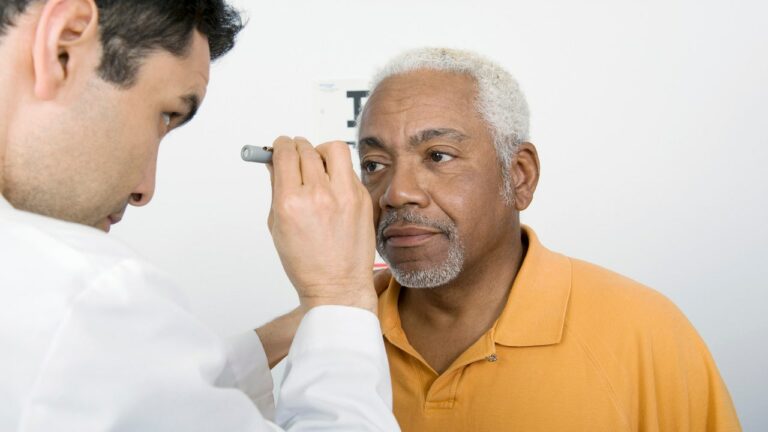Helping You See Clearly: Understanding Vision Loss
Vision loss is a common challenge faced by people around the world. It can result from various conditions like refractive errors and cataracts. According to the World Health Organization (WHO), a staggering 2.2 billion people worldwide grapple with near or distance vision impairments.
What is Vision Loss?
Vision loss happens when a person’s eyesight can’t be fixed, even with glasses or lenses. There are different types of blindness, like partial, complete, congenital, and legal blindness. Some even lose their sight due to a lack of vitamin A in their diet.
Symptoms may include blurry vision, eye pain, light sensitivity, and sudden vision loss.
Examples of Impaired Vision
Impaired vision comes in many forms, from loss of central or peripheral vision to blurry sight, especially after wearing glasses. Some folks are extremely sensitive to light, while others can’t see well at night or in dimly lit spaces.
Causes of Vision Loss
Refractive errors and cataracts are the leading causes of vision loss. Diabetes can lead to diabetic retinopathy, while glaucoma and age-related macular degeneration are other culprits. Strabismus and amblyopia can affect younger folks.
Can Vision Loss be Cured?
There’s no cure for blindness, but treatments like laser therapy, corrective surgeries, and eye drops can help some individuals.
Reducing the Risk of Vision Loss
You can lower your risk by having regular eye check-ups, using protective gear when needed, eating healthily, exercising, and avoiding smoking. Knowing your family’s eye history and practicing good hand hygiene to prevent infections also helps.
Dealing with Vision Loss
Dealing with vision loss can be tough. Openly discussing your feelings with loved ones or seeking counseling can make it easier. Various vision aids like telescopic glasses, light-filtering lenses, and phone apps can assist in daily tasks.
Supporting Someone with Vision Loss
To help someone with visual impairments, be a supportive listener and guide them to available resources. When talking to a blind person, identify yourself, describe things clearly, and use their name. If you encounter someone with a guide dog, don’t distract the dog, as it’s on the job.
In conclusion, understanding vision loss is crucial, as it affects millions of lives. By being informed and supportive, we can make a big difference in the lives of those facing this challenge.

